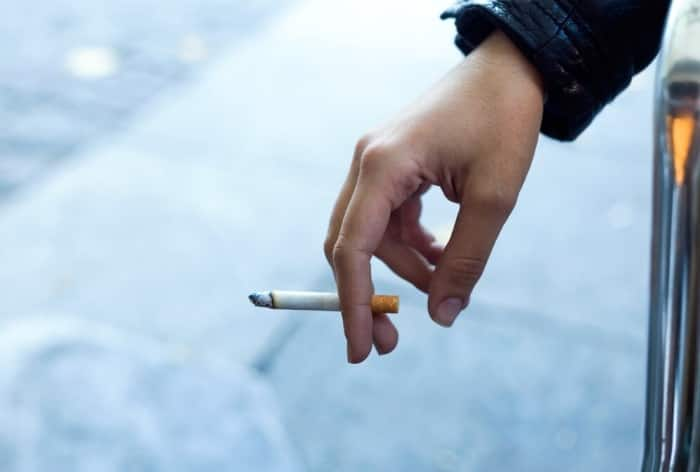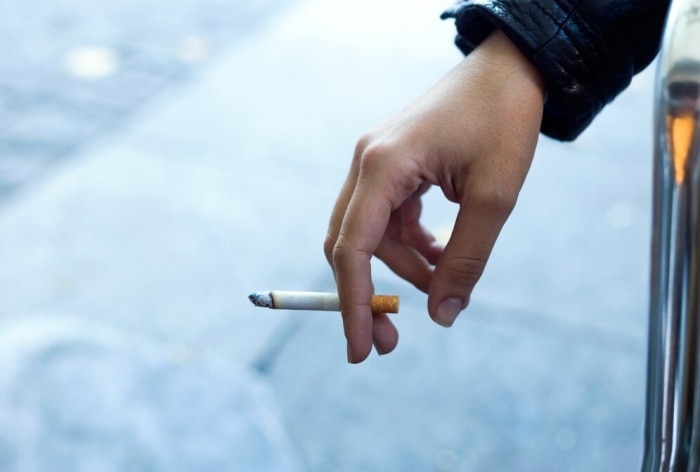Passive smoking is basically breathing in the air of tobacco and it may be equally be dangerous. Read on to know how it may affect the body.

Have you been around friends who smoke around you? Have breathed the same tobacco air as smokers? Then, one may actually be also be risk of danger. This is known as passive smoking. While one may think that they are safe as they don’t smoke, but passive smoking can also be equally dangerous. Passive smoking, also known as secondhand smoke or environmental tobacco smoke, refers to the inhalation of smoke from other people’s tobacco products, such as cigarettes, cigars, or pipes.
It is widely recognised that passive smoking is indeed dangerous and can have adverse effects on health.
HOW PASSIVE SMOKING AFFECTS HEALTH?
- Increased Risk of Respiratory Problems: Breathing in secondhand smoke can irritate and damage the respiratory system. It can cause or exacerbate respiratory conditions such as asthma, bronchitis, and pneumonia. Children exposed to secondhand smoke are particularly vulnerable and may experience more frequent and severe respiratory infections.
- Cardiovascular Effects: Passive smoking has been linked to an increased risk of cardiovascular diseases. The chemicals in tobacco smoke can damage blood vessels, increase inflammation, and contribute to the development of conditions like heart disease, stroke, and high blood pressure. Even brief exposure to secondhand smoke can have immediate harmful effects on the cardiovascular system.
- Increased Risk of Lung Cancer: Passive smoking is associated with an increased risk of lung cancer, even in non-smokers. The carcinogens present in tobacco smoke can be inhaled by those exposed to secondhand smoke, leading to the development of lung cancer over time.
- Worsening of Existing Health Conditions: Passive smoking can worsen symptoms in individuals with pre-existing health conditions, such as allergies, asthma, and chronic obstructive pulmonary disease (COPD). Exposure to secondhand smoke can trigger or intensify symptoms, leading to respiratory distress and reduced quality of life.
- Negative Impact on Children: Children exposed to secondhand smoke are particularly vulnerable to its harmful effects. They may experience impaired lung function, increased risk of sudden infant death syndrome (SIDS), respiratory infections, ear infections, and developmental issues. Children exposed to secondhand smoke are also more likely to become smokers themselves later in life.
Passive smoking has been associated with various other health problems, including an increased risk of certain types of cancer (besides lung cancer), decreased lung function, eye and nasal irritation, increased risk of dental problems, and complications during pregnancy.
To protect yourself and others from the dangers of passive smoking, it is important to create smoke-free environments in homes, cars, and public spaces. If you are a smoker, quitting smoking is the best way to protect yourself and those around you from the harmful effects of secondhand smoke.
It’s worth noting that the information provided here is based on current scientific understanding, but new research may continue to emerge on this topic. If you have specific concerns about passive smoking and its effects on health, it is advisable to consult with a healthcare professional for personalized advice and guidance.

